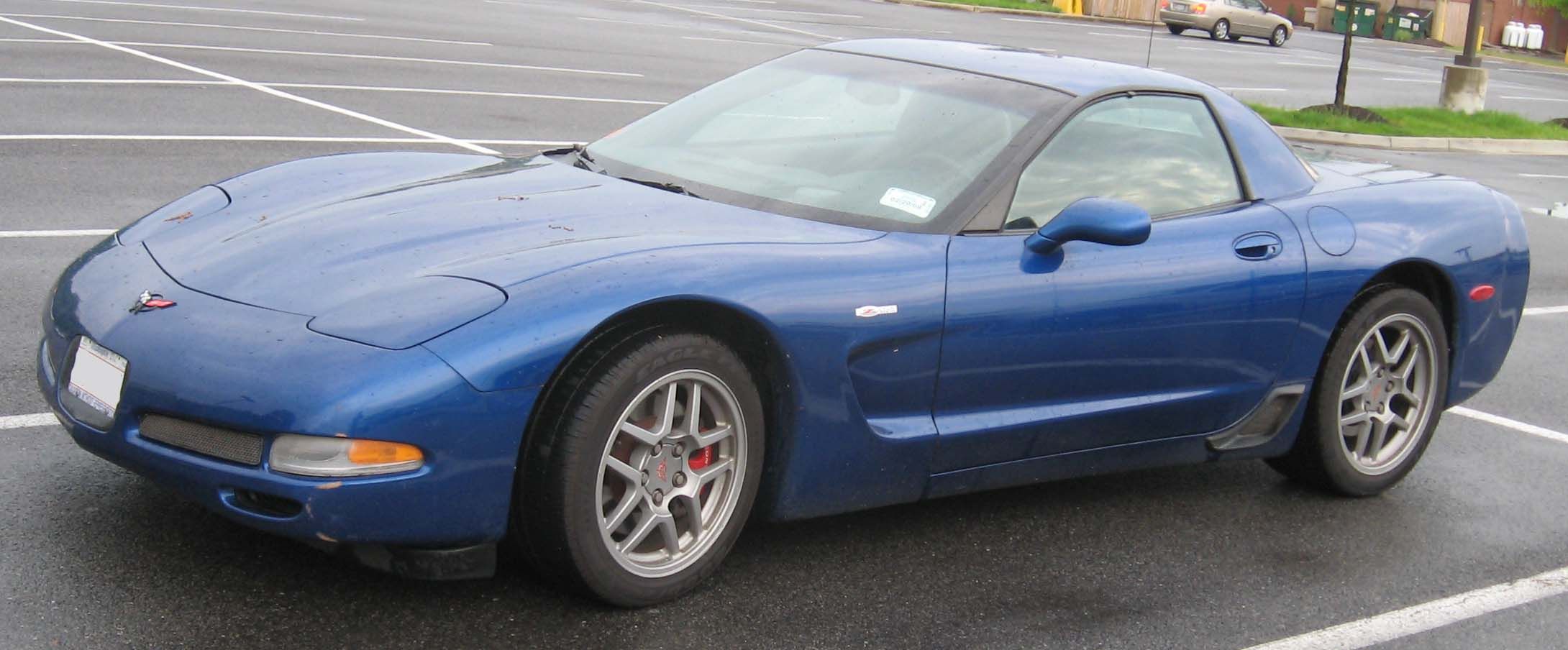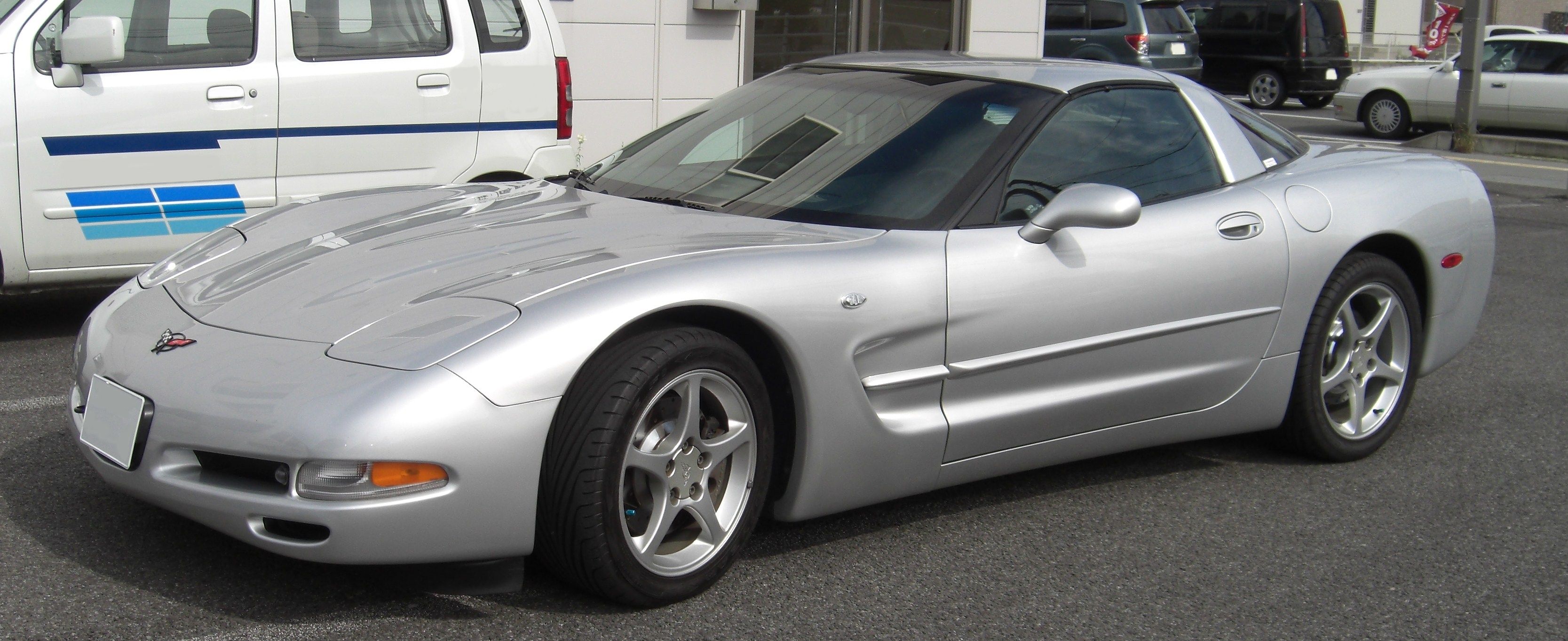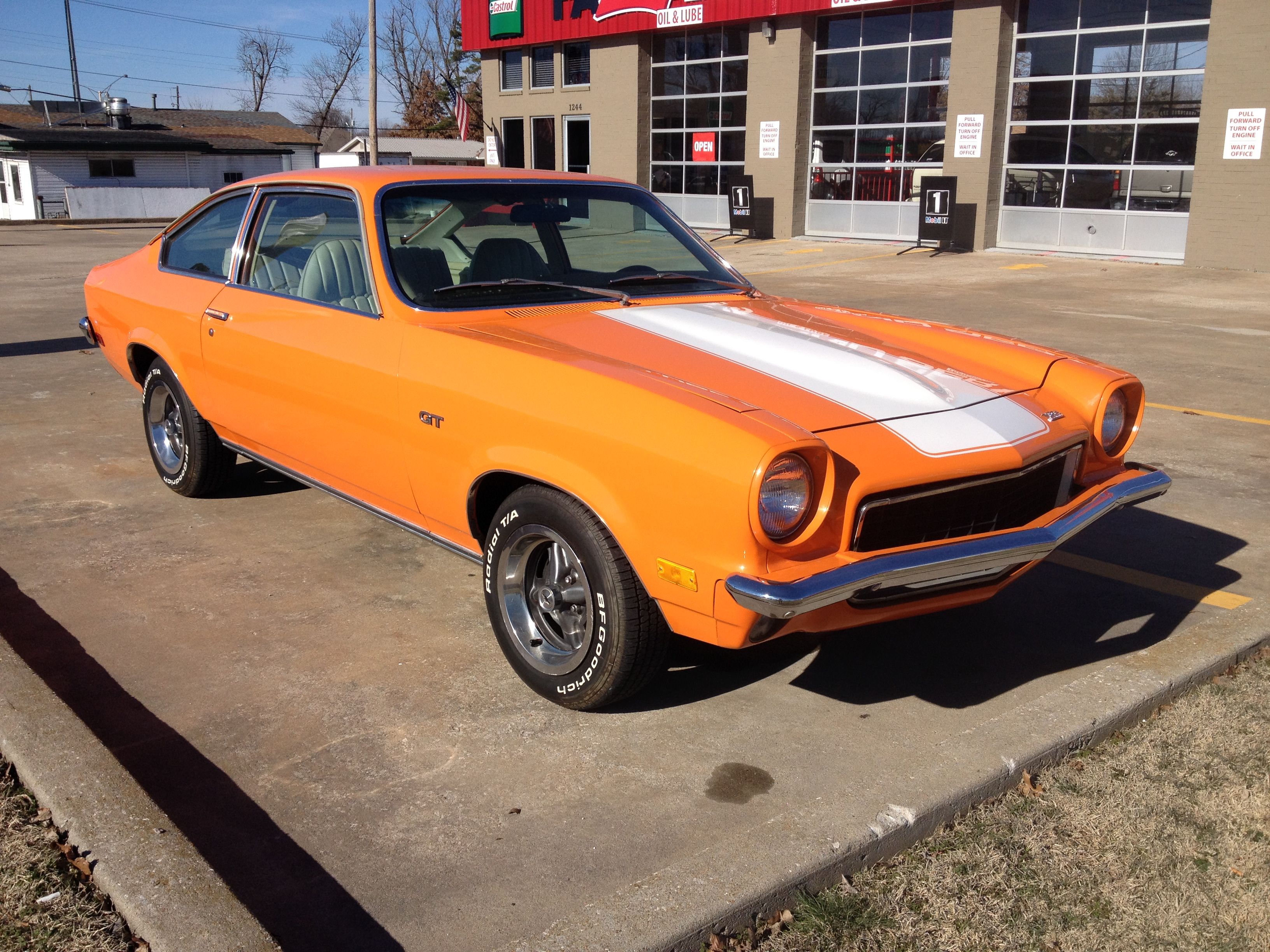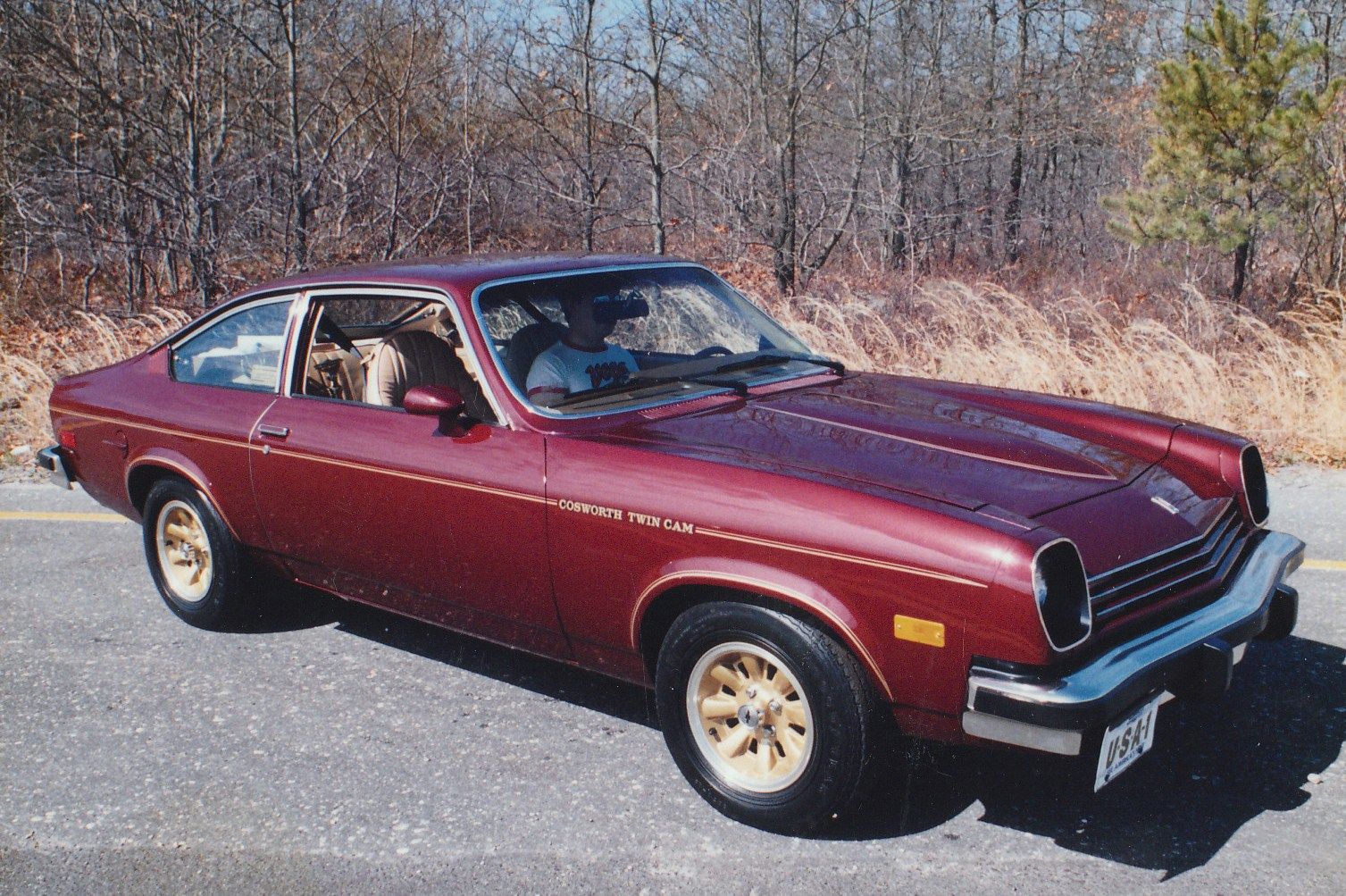General Motors is one of the largest and most successful auto manufacturers globally. Founded in 1908 by William Durant, the company began as a composition of several subsidiary automobile entities, including Buick, Cadillac, Oldsmobile, and Oakland, which was later rebranded to Pontiac. Durant purchased thirty companies during the first two years of General Motors' operation.
Updated September 2022: The General Motors Corporation is the largest auto company by production volume globally. It is also the largest by sales volume for over 70 years. But, despite this success, there are a few things about the company that its leaders don't want people to remember. We've updated this list with even more of these facts.
The multinational corporation now operates manufacturing and assembly factories and distribution centers throughout the United States, Canada, and many other countries across the globe. With its headquarters in Detroit, General Motors produces vehicles, engines, and vehicle components. The company also offers financial services. And thanks to its extensive auto engineering experience, General Motors has built some of the best automobiles the world has ever seen.
Despite GM's long history and notoriety, there are numerous things that people do not know about the company and the products it has produced. From strange business decisions to hush-hush scandals, the company has a lot of dirt under the rug. Here are 15 peculiar facts General Motors doesn't want anyone to know or, at least, would prefer that most people forget.
15 GM Wanted To Take Over Ford—But Failed
The history of General Motors is one of the acquisitions and the take-over of many well-known car manufacturers. On September 17, 1908, the day after William C. Durant capitalized GM as a holding company, he purchased Buick Motor Company and, shortly after, acquired more than twenty companies, including Oakland, now known as Pontiac, Cadillac, Oldsmobile, and McLaughlin of Canada.
GM also wanted to take over Ford during the acquisition spree – and nearly succeeded. In 1909, Durant offered Henry Ford $8 million for his stock in the company, and Ford agreed. Durant also convinced the GM board of directors to make the purchase. However, the deal failed to go through when his bankers failed to approve the loan he had applied to complete the purchase. It was a good misfortune for Ford as it has become one of the largest auto manufacturers globally.
14 GM Forced To Stop Using The Mark Of Excellence
Since its formation in 1908, General Motors has had a long history of producing first-rate vehicles, and the company has taken great pride in its high standards. To assure customers that GM made the best cars on the market, the automaker added a decal to the door jamb of each new vehicle. It displayed the logo with the Mark of Excellence wordings below the GM initials.
However, during the 1970s, the quality of GM cars began to deteriorate. Perhaps the best example was the Chevy Impala which had numerous faults, such as leaky windows and dashboards that developed cracks shortly after purchase. General Motors realized that the Mark of Excellence symbol mocked the company. Out of guilt, GM ceased using the Mark of Excellence and instead concentrated on improving the vehicles' quality to acceptable standards.
13 General Motors Vs. Ralph Nader
In 1965, Ralph Nader, a United States activist, published a controversial book, Unsafe at Any Speed. In the book, Nader attacked the Detroit auto industry, claiming manufacturers weren't willing to spend money on safety features and improvements. The author singled General Motors out as the worst automaker in the whole lot. The car Nader was referring to in this case was the Chevrolet Corvair.
A year later, several media houses accused General Motors of attempting to discredit Ralph Nader. According to the media, General Motors Company hired a private investigator to follow Nader and set up compromising situations to discredit him. In retaliation, Ralph Nader sued General Motors over a privacy invasion. GM settled out of court and paid Nader $425,000 in compensation.
12 GM Founder William Durant Was Fired Twice
While Henry Ford focused on a single car, the Model T, William Durant founded General Motors as a holding company and quickly expanded by acquiring several brands, including Buick, and Oakland, later rebranded to Pontiac, Cadillac, and Oldsmobile.
William Durant continued to expand by buying more companies, but some, like Cartercar and Elmore, were failures. Cadillacs and Buicks were selling well, but the company was losing money. In 1911, a group of investors from Boston successfully ousted Durant from the company he founded. William Durant then started Chevrolet. The new company was doing well, and Durant decided to restore his position at GM. He acquired a huge chunk of GM stock, and in 1916, he was once again the GM president. However, following bad decisions, the board voted him out of General Motors Company for the second time.
11 GM On the Brink Of Insolvency In 1920
By the time GM's board of directors was removing William Durant as the president in 1920, the company was staring at insolvency. This was the second the founder was shown the doors out of his company. Afterward, William founded another automaker, Durant Motors, and created Star, an assembled car built from parts supplied by various outside companies.
However, Durant had a weakness in gambling and stock speculation. When he was still playing the markets in 1928, Durant controlled nearly $1 billion in stocks, but, like many other investors who had most of their assets in the market, he lost it all in October 1929. Durant filed for bankruptcy in 1936 and survived on General Motors pension until his passing in 1947.
10 Chevrolet Tried A Dial Steering System
This is not one of those crazy economic crises that nearly ended General Motors as a company. And although the Dial Steering System was a fascinating innovation, General Motors wants everyone to forget about it. It was perhaps a unique feature of the 1960s Chevy concept truck, the Turbo-Titan III.
The Dial Steering System sat on a pedestal in front of the driver, replacing the conventional steering column and wheel. The pedestal pivoted forward and back with the panel, providing the most comfortable driving position. The power steering was operated by twin dials mounted on a padded vinyl. The board also contained the automatic transmission quadrant along with the turn signals. Why would GM want people to forget such incredible technology? Probably because it's 2022, and they haven't been able to actualize it.
9 A 1998 United Auto Workers Strike Cost $2 Billion.
In 1998, the United Auto Workers union called for a strike that lasted one month and 24 days. It involved 3,400 workers at Flint Metal Center and 5,800 from Flint East – 9,200 workers. The impact was felt throughout General Motors. It halted operations at 30 assembly plants and 100 parts plants.
To resolve the issue, General Motors and the union came to a consensus on July 29, 1998. Both sides accepted a few compromises for the agreement to work. The workers agreed to a few work rule changes, including a 15 percent increase in mandatory daily output of parts. At the same time, GM committed to keeping several striking factories open and investing $180 million in new equipment for one of them. Besides the mandatory investment by General Motors, the company lost nearly $2 billion in profits.
8 In 2014, GM Paid A $35 Million Fine For Defective Ignition System.
Besides Ralph Nader's 1965 allegations that most GM cars weren't safe to drive, the company found itself at loggerheads with the National Highway Traffic Safety Administration in 2014. More than 2 million GM cars, including Pontiac G5 and Solstice, had defective ignition systems; the company knew about it and failed to recall the vehicles. NHTSA believed this was a far more dangerous threat than those highlighted in Nader's 1965 publication.
NHTSA penalized the company $35 million as punishment for this next-level ignorance. The penalty was the maximum that NHTSA regulators could impose for such a violation. General Motors did not recall the cars even though they had known for a decade that the switches were defective. They were also forced to pay compensation to victims and 79 customer lawsuits claiming economic losses totaling nearly $10 billion.
7 The Painful $4.1 Billion Recall Cost Of 2014
General Motors is one of the top ten companies with the highest product recall costs in history. In 2014, the automaker recalled over 30 million vehicles worldwide. GM said that the recall cost $4.1 billion. The expenses included $2.8 billion in repair costs for recalled vehicles, $870 million in death and injury claims settlements, and $900 million with the department of justice.
If not for the stable United States economy and the worldwide increase in GM vehicles, 2014 would have been the end of General Motors Corporation. The recalls impacted operating profits, causing them to plummet. 2014 is a year anyone involved with General Motors, owners, and customers wishes to forget.
6 Small Fuel-Efficient Imported Cars Nearly Killed GM In 1980
Remembering these things, even as a person, is like recalling an accident that nearly left you dead. Besides the early 1920s, General Motors enjoyed consistent profits and success until 1980, the first time the company recorded an unprofitable year since 1921. Although the oil embargo ended in March 1974, the effects lasted nearly a decade.
Chevrolet, the top-selling American car brand, built over 2.5 million vehicles in 1973. However, within the next two years, production declined to around 800,000 in 1975. There was a decline in oil production that began in 1978. This decline hit the entire Detroit auto industry hard. Due to the increasing oil prices, the American population opted for smaller, fuel-efficient cars. Detroit didn't produce such vehicles, so they were imported from abroad. This left GM with a net loss of over $700 million.
5 GM Faced Insolvency For The Second Time In 2008
In November of 2008, the Big Three US automakers, represented by GM CEO Rick Wagoner and the CEOs of Chrysler and Ford, appeared before Congress to request $25 billion in government assistance for the automobile industry. They warned that Chrysler LLC and General Motors faced insolvency, which would mean over 1 million employees losing their jobs. This was the second time GM came face to face with bankruptcy after 1920.
The Ford Motor Company had already cut costs, so it didn't need any funding. However, to avoid unfair competition from the subsidized automakers, it thought it wise to be a part of the plan. The Treasury Department approved the subsidy, and General Motors got a generous chunk of $13.4 billion. The US Treasury bought shares in Chrysler and GM and provided incentives to encourage new car purchases.
4 GM Went Broke In 2009
In church, the pastor keeps reminding congregants that foundations speak volumes about a person's future endeavors. Since William Durant founded GM in 1908, the company has endured many problems. Considering that its founding president was fired from the board, it shows there were some serious issues, some of which have followed the company to the future—for example, in 2009 when it filed for Chapter 11.
Before 2009, the company was already going through a tough season. It had experienced several years of low sales and massive losses – the stock price had dropped to less than $1 a share, its lowest price since the Great Depression. Besides the $13.4 billion the company had received from United States Treasury in 2008, the government poured another $30 billion into GM to fund operations and assist during its restructuring.
3 US Treasury Loses Money On GM
According to Investopedia and many economists, "a free market economy or laissez-faire capitalism is an economy with free competition and only private transactions between buyers and sellers. However, a more inclusive definition should include any voluntary economic activity so long as coercive central authorities like the government do not control it.
Although the United States was founded on the principle of a free market economy, by necessity, it evolved into a modified model, using taxpayers' money to preserve capitalism and promote competition. Throughout US history, the government has been involved in bailouts; General Motors was among the most expensive. Besides putting around $50 billion into the company, the Treasury only recouped about $39 billion. The rest sunk into the sea of bad debt.
2 Chevy Corvette Racing Kit Flop
This is not a popular one. And perhaps GM prefers it that way. Between 1999 and 2001, Chevrolet sold a C5 racing kit to build a Corvette reputation as a racing car. The kit was sold by the GM service and parts division. After the purchase of the Corvette, the car came incomplete, allowing racers to build their vehicle—without having to purchase a finished C5—and then customize it.
It was delivered with a rolling chassis, motor, drivetrain, and other small parts. Body panels were also included, but customers didn't get them until weeks after the order due to logistical problems. Chevrolet sold only 42 kits and halted the program after only three years.
1 1971 Vega Died Before It Was Born
When Chevrolet Division Manager John DeLorean, famous for his flopped DeLorean DMC-12, first evaluated the all-new 1971 Chevrolet Vega prototype, the car's front end disconnected and fell to the ground. Well, that's an exaggeration. But it indicated more troubles ahead. In a rush to meet the United States demand for fuel-efficient cars, GM rushed the introduction of the Vega. Americans were already importing these cars, which didn't sit well with GM.
The Vega came out half-baked. The car had only one innovative feature: the all-aluminum, 2.3-liter, four-cylinder engine. Regrettably, aluminum engine block technology had barely emerged back in 1971, and the unlined and unprotected cylinder walls of Vega engines scored almost instantly. Buyers were disappointed and ditched the Vega. By the mid-1980s, buyers abandoned this car so quickly that some salvage yards in Southern California wouldn't buy them anymore.


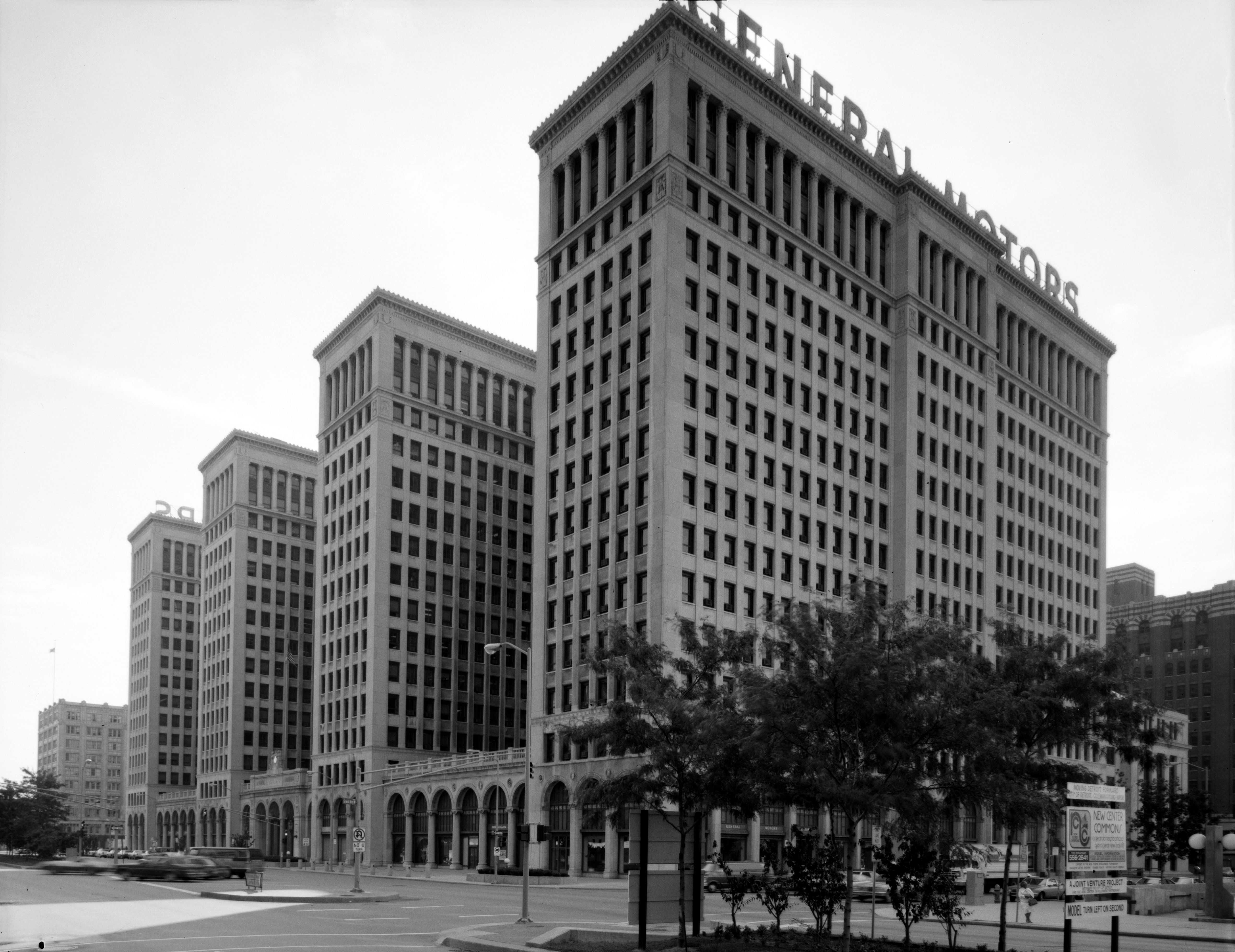
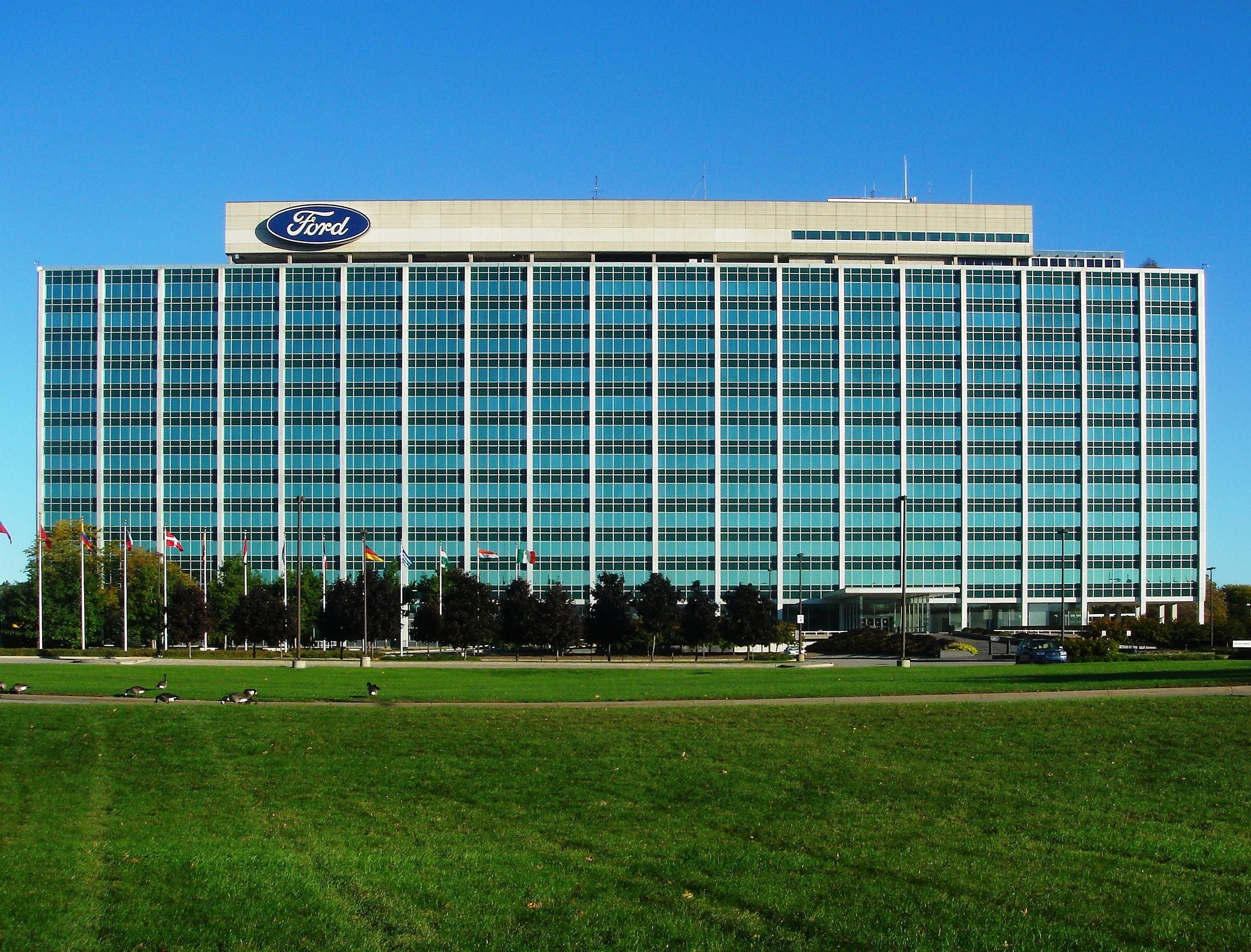
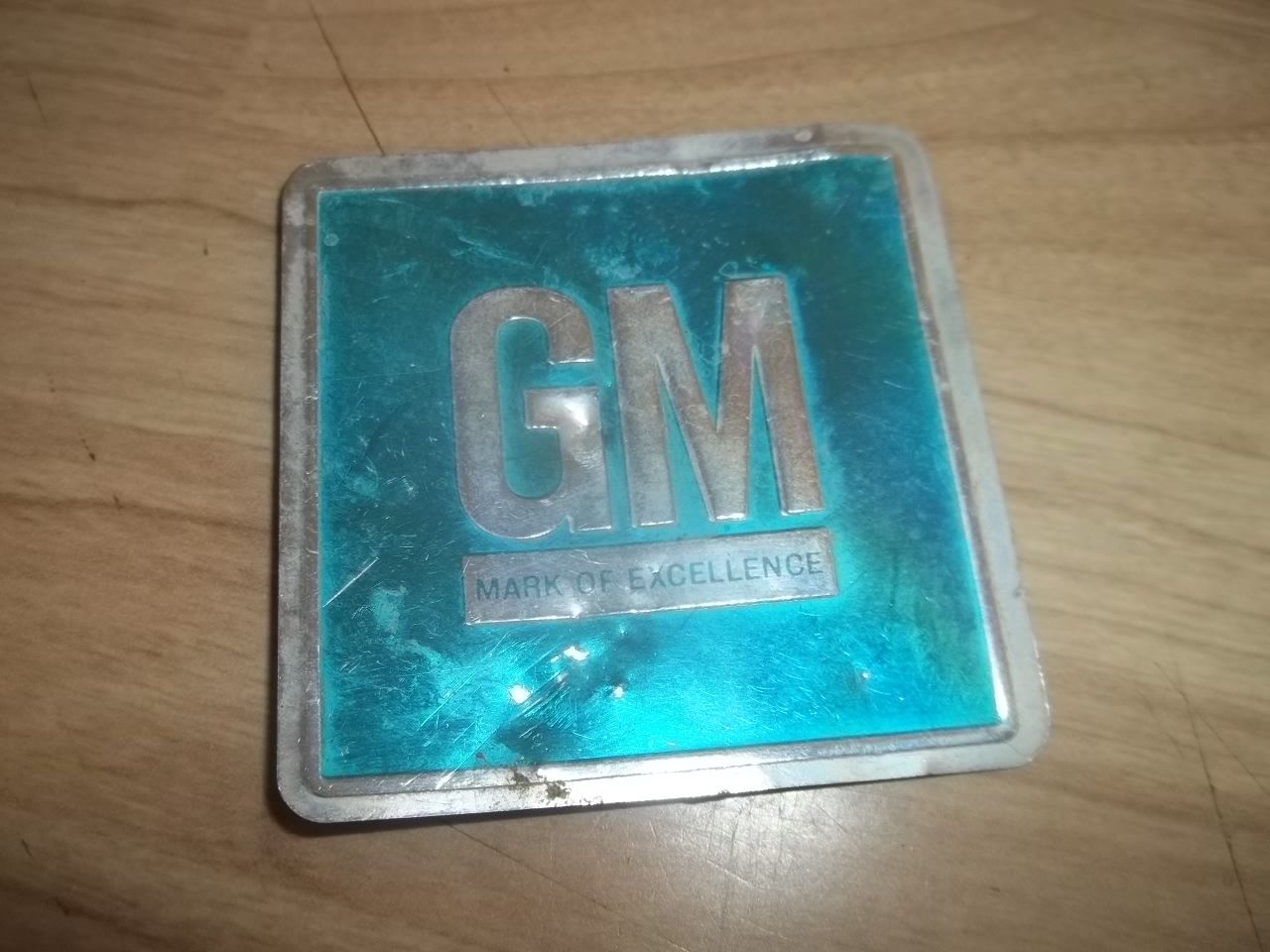
.jpg)
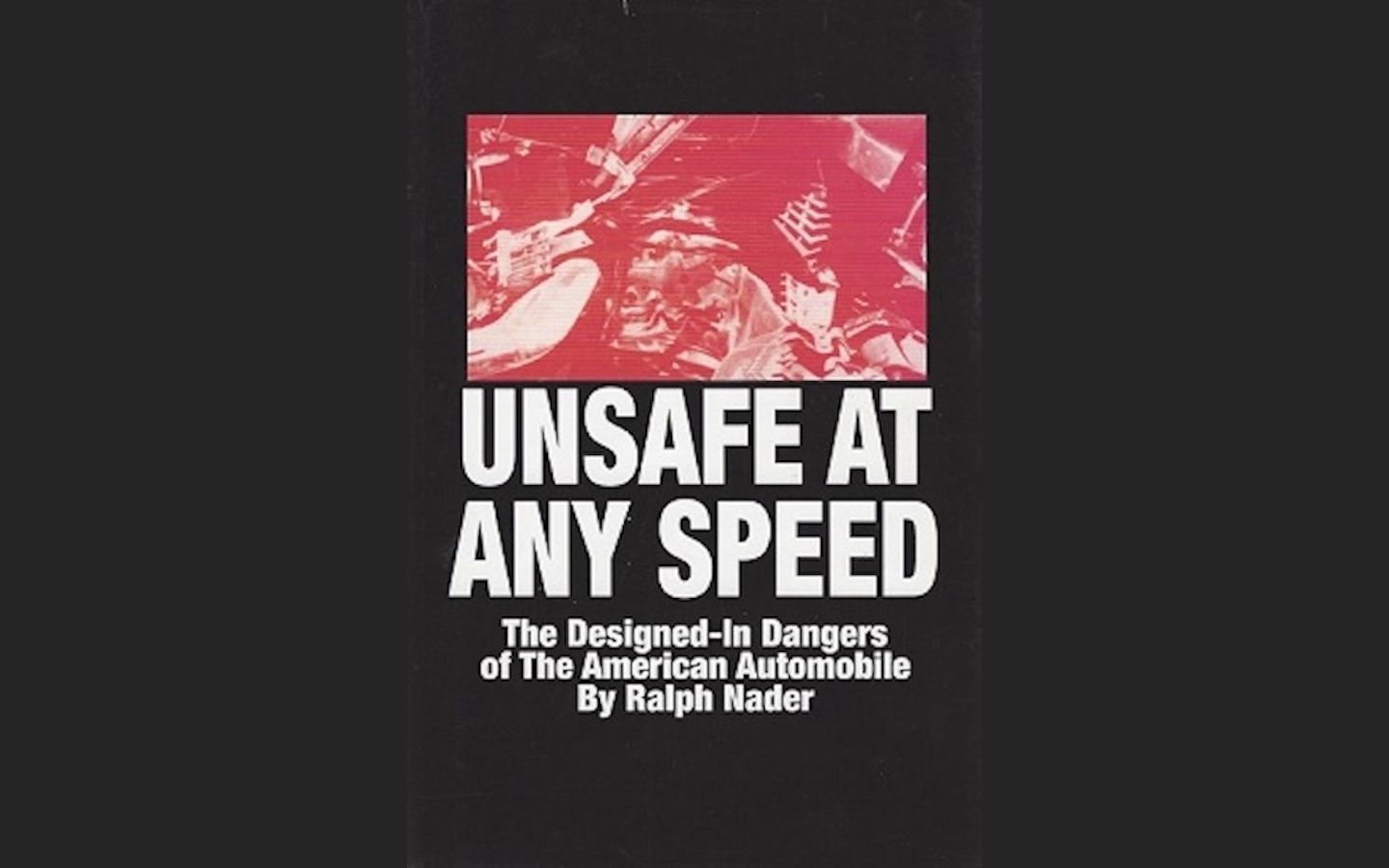

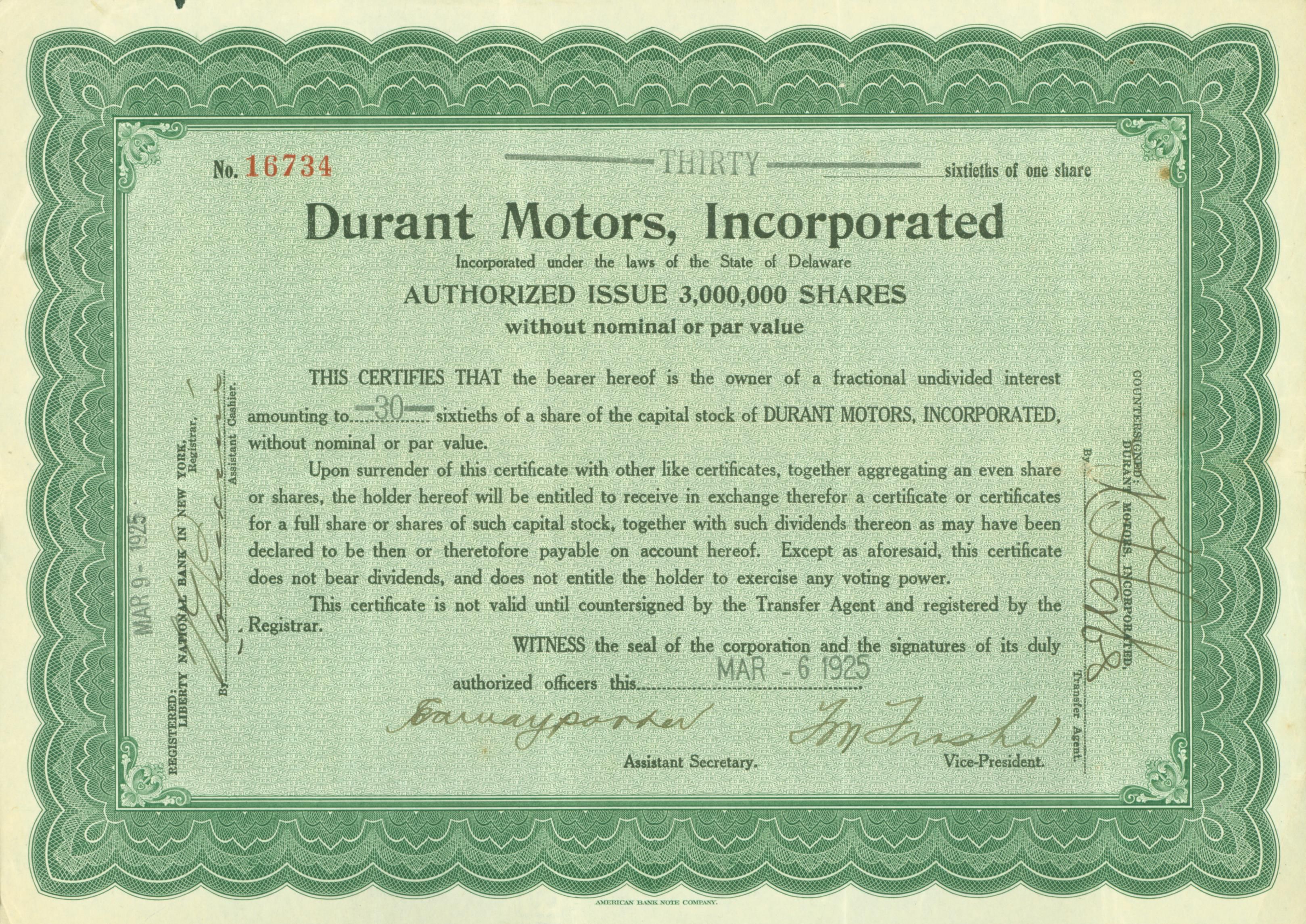
.jpg)
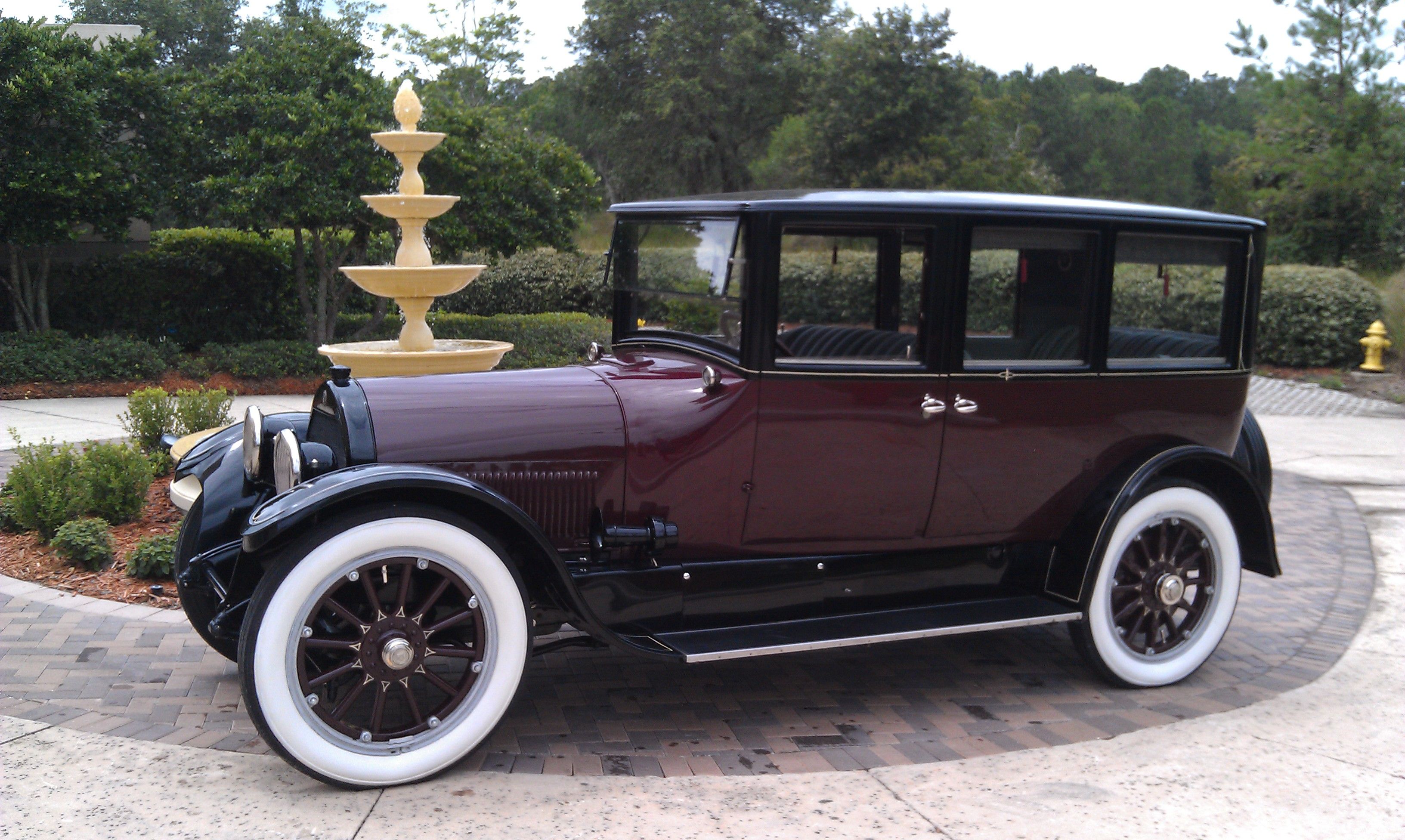
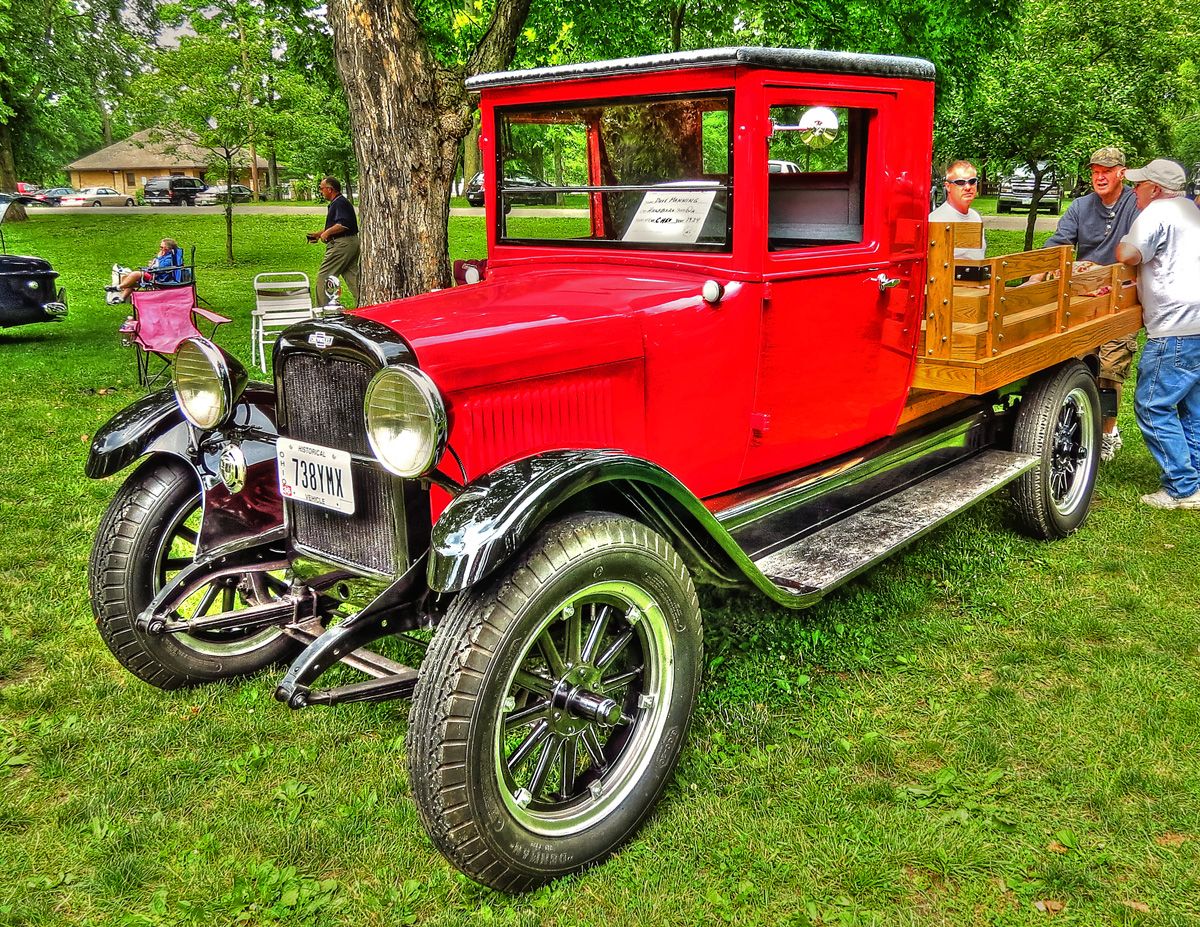
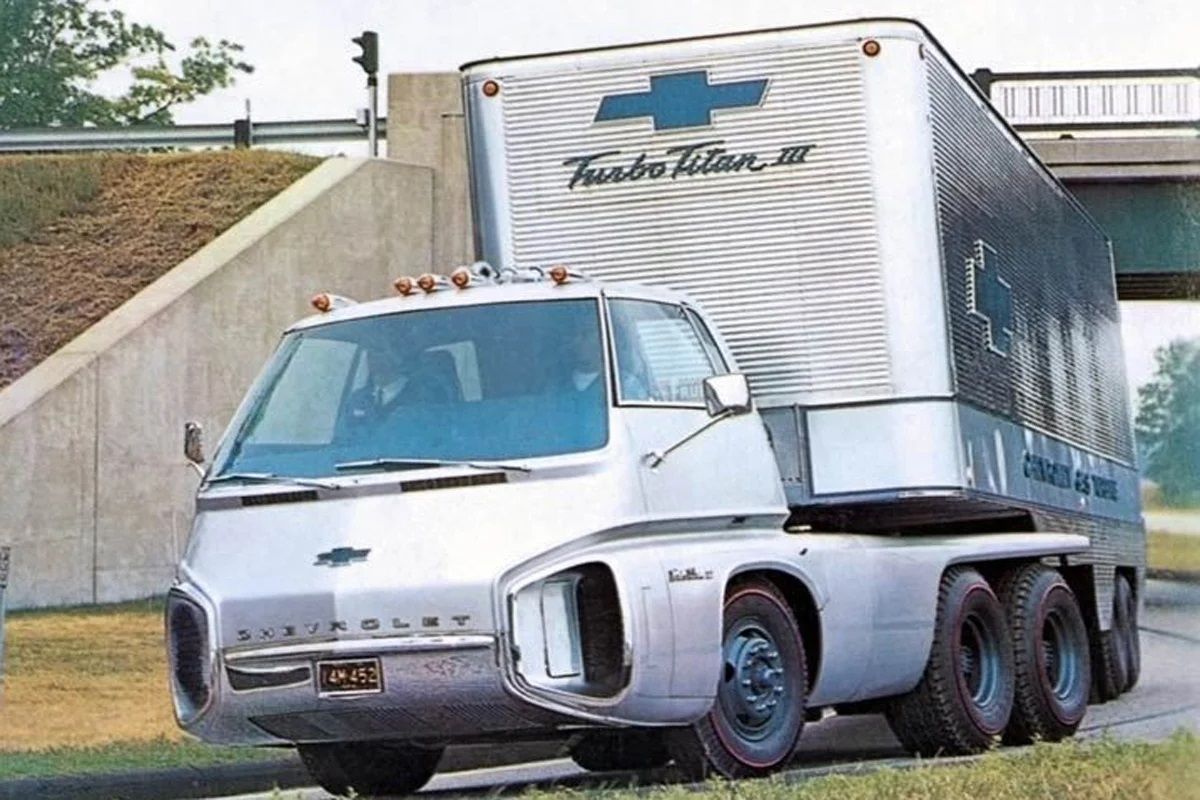
.jpeg)

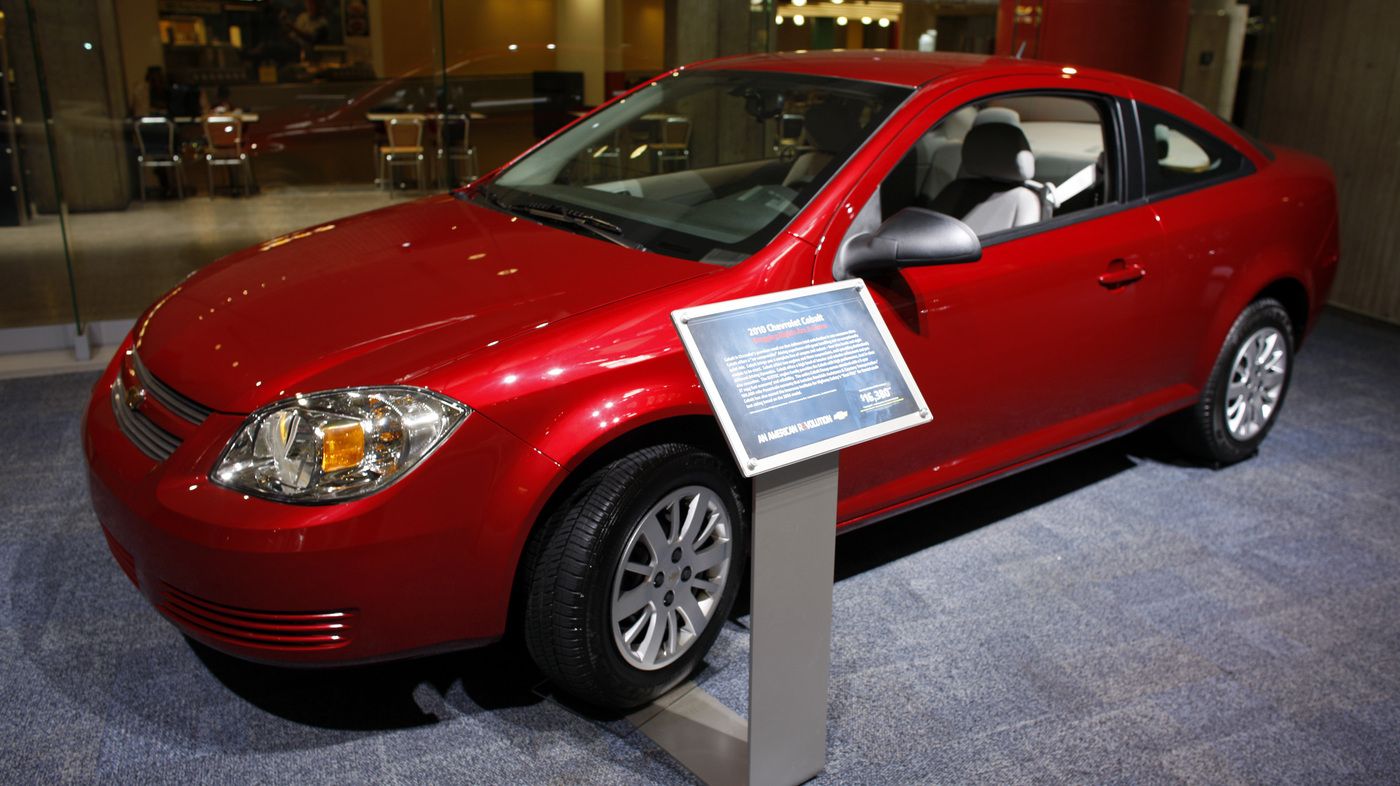
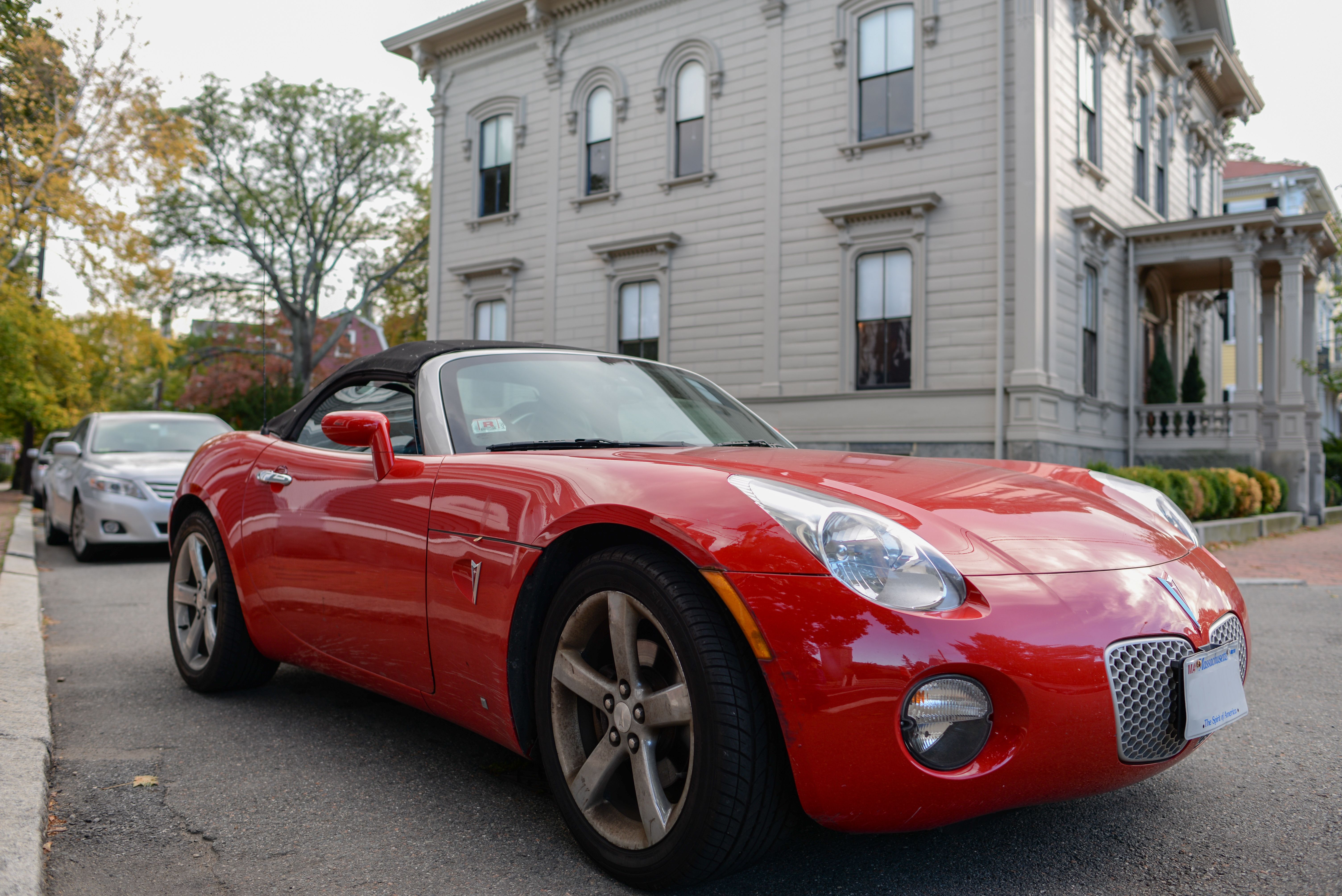


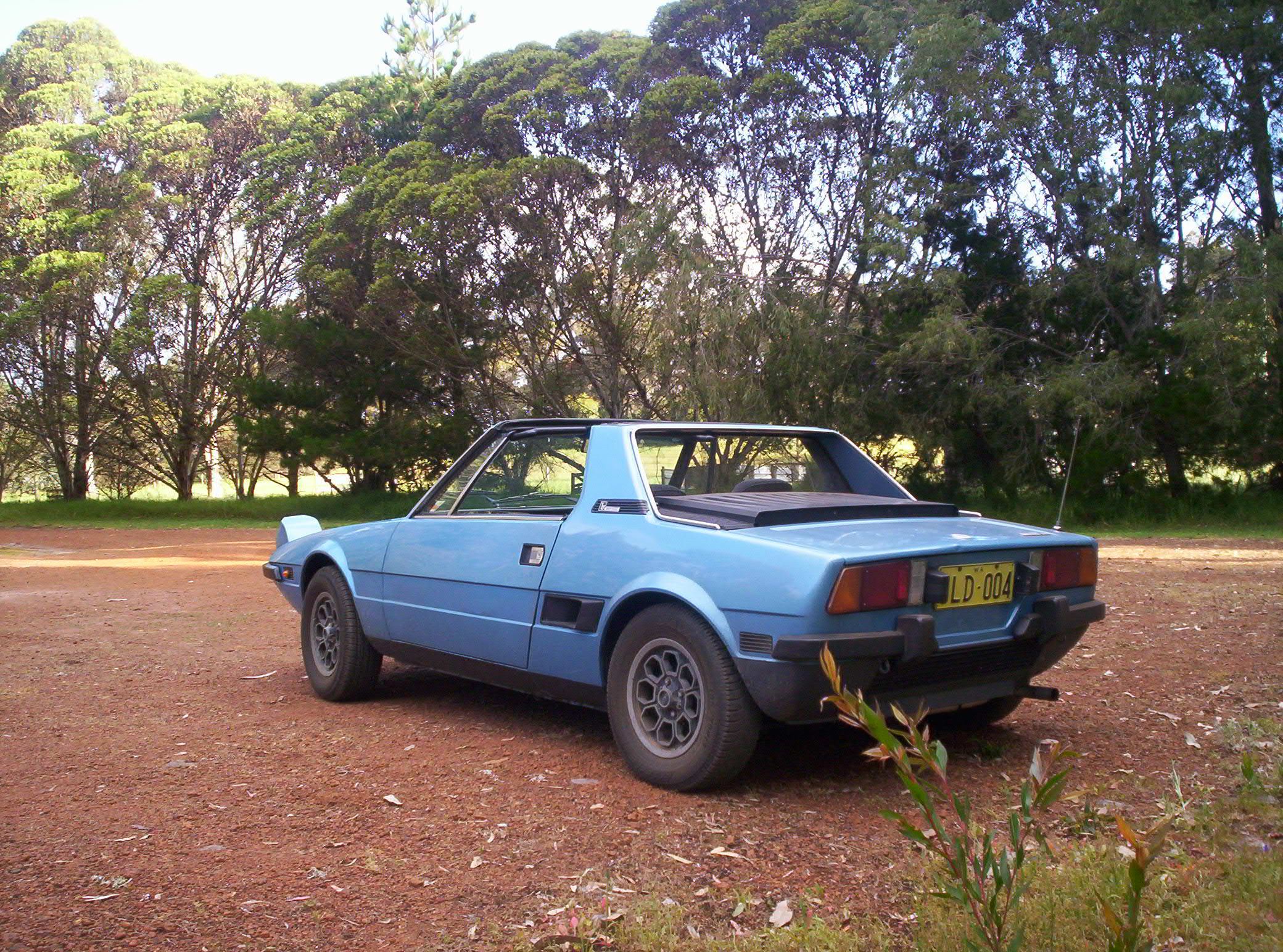
.jpg)
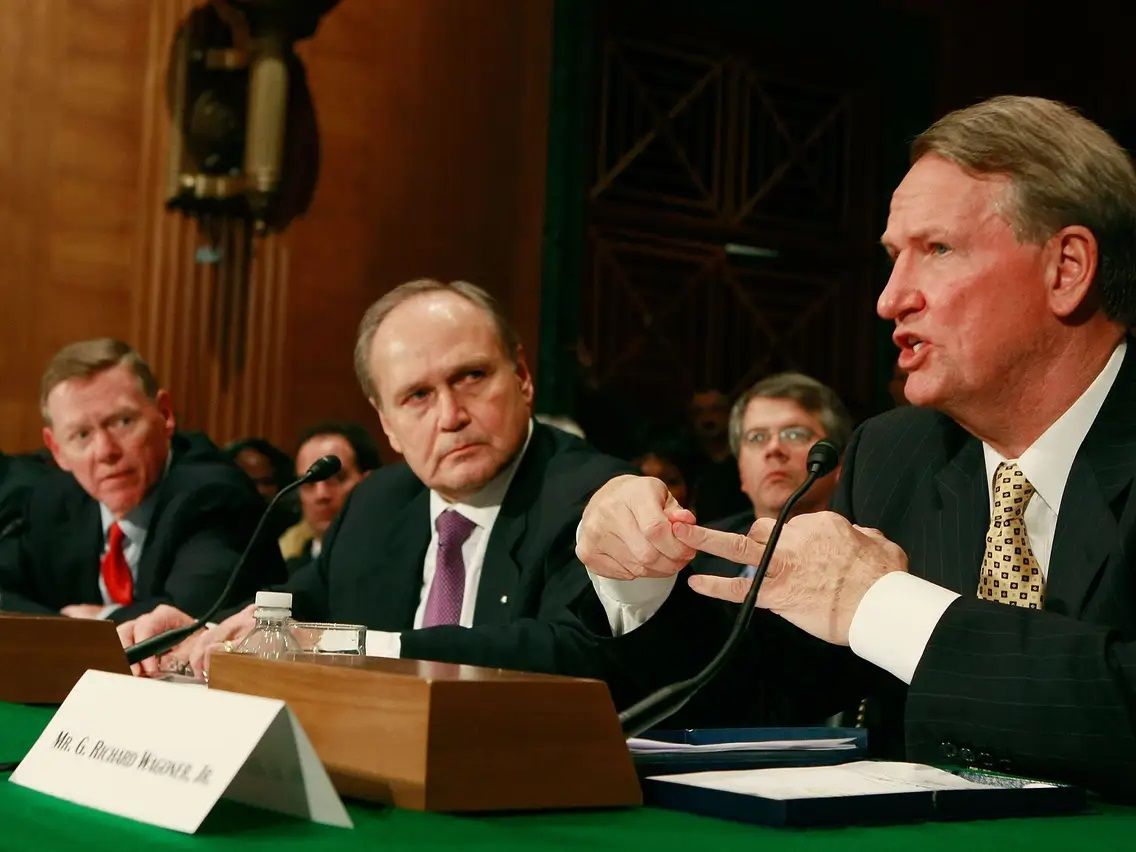
.jpg)

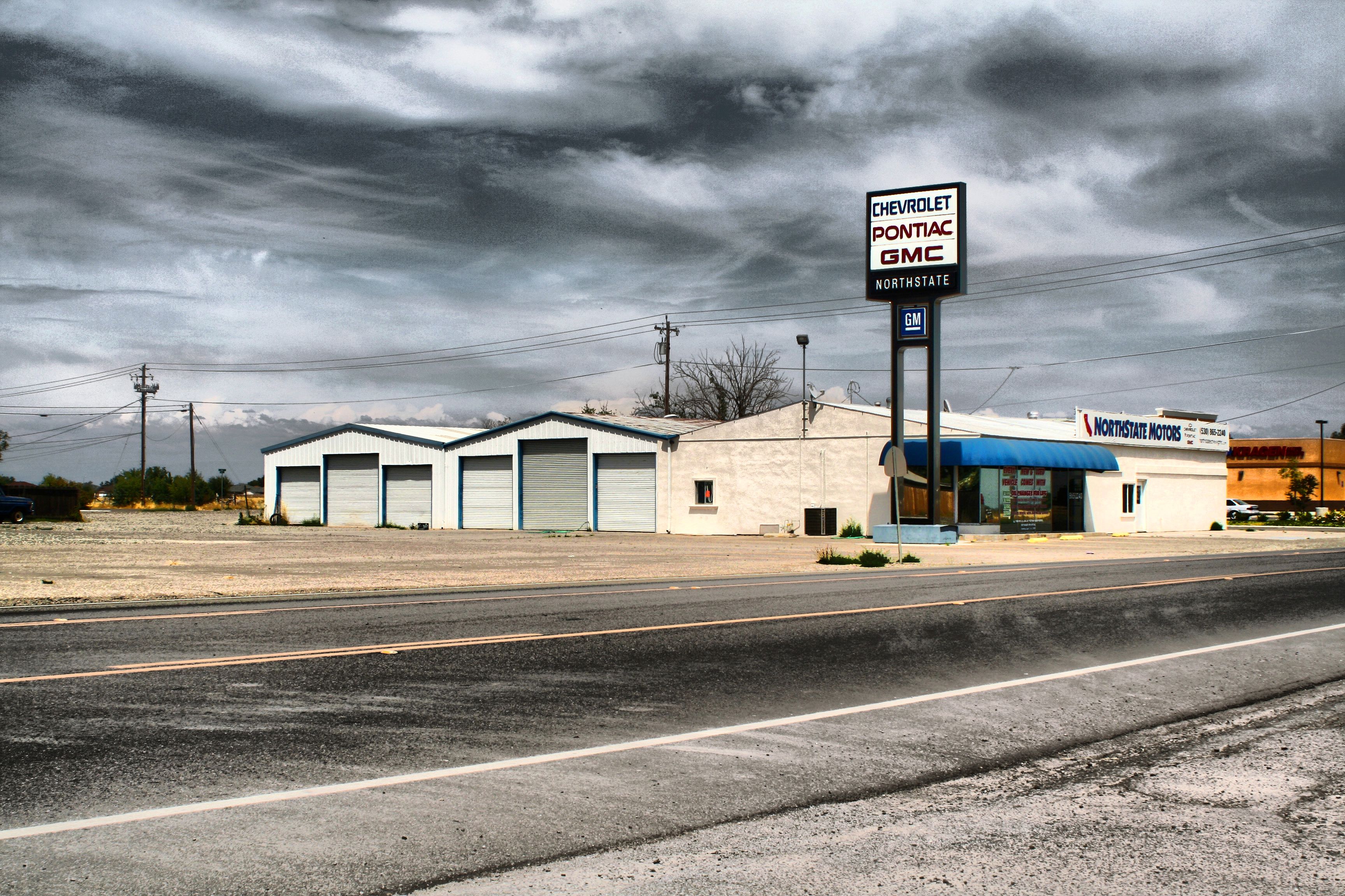
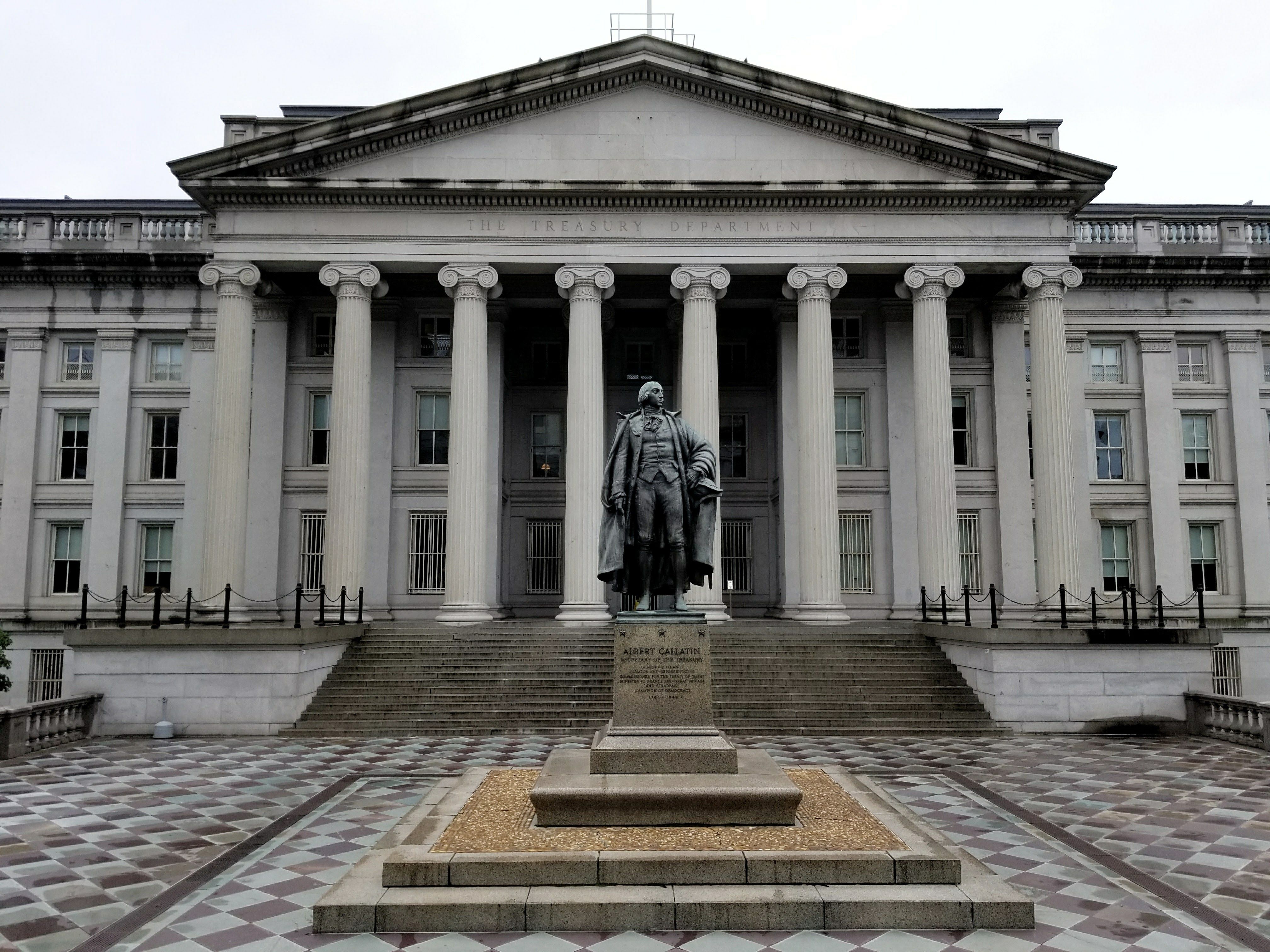
.jpg)
